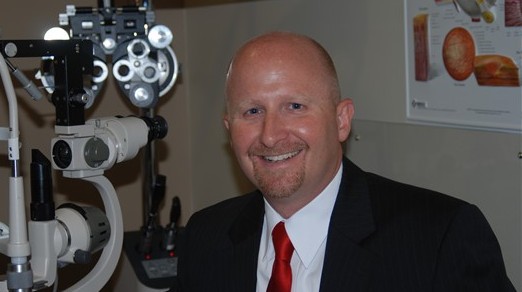Jason R. Miller, OD, MBA, FAAO
Eyecare Professionals of Powell
Powell, Ohio

Find Standards That are Right for You
I started at Eyecare Professionals of Powell working one day a week 11 years ago, when Dr. Kuhlmann was looking for someone who might be a partner in the practice eventually. We both wanted to provide high-quality eyecare and a full scope of care as allowed by Ohio law.
Getting the Timing Right
One of the most important things to determine is exactly when the right time is for the practice to benefit from adding a new partner. In the beginning, I was not generating enough internal income to pay for my portion of the buy-in value. For us, it was once our practice was profitable enough, when I had built up my patient base and had increased my time in the office from 1 ½ days a week to 4 ½ days a week.
Many younger optometrists would like to come in and be granted a portion of the practice and revenue, not realizing that many practices do not have that big of a backlog of patients looking to schedule. The younger ODs will need to bring value to business by building up their end of the practice.
Once the business has reached a higher level of revenue/growth and the younger OD has added enough value to the business, it is financially ready to accept a partner.
Ironing Out the Wrinkles
The buy-in/partnership documents may take a little time to get together. In my situation, it took about six months to develop the paperwork and prepare all of the buy-in documents.
We not only had to get the appraisals and the numbers together, but we also both had to work on the insurance policies (life and disability) to protect each other.
Building the ‘Business Marriage’
Developing a practice partnership is akin to “business marriage.” Many younger doctors start with patient experience as the primary goal, not realizing that you have to build up the relationship. The partnership has to be a good fit both professionally and personally.
I have seen many relationships fail because many of these issues were not discussed up front. You have to perform your due diligence before creating a partnership. Not only are you buying a portion of the business, but you are also buying a portion of the responsibility and decision-making.
Going the Extra Mile
I decided to pursue an MBA in order to have a deeper foundation upon which to make business decisions. I felt I could bring something new to the table that would help grow the business and face future challenges.
Gaining Independence
Independent optometry has some inherent benefits, but also requires added responsibilities. There are many added benefits of private practice such as the pride of ownership, more freedom with business decisions and no perceived ceiling with regards to income.
There are many hats needed to run a successful business; this includes staff management, accounting, finance, chief information officer and chief executive officer. When a younger OD is joining another practitioner, consider ways to improve specific areas of the business for added value.
While buying into ownership has its challenges (e.g., delayed income, longer time to pay off loans, etc.), there are many rewards as well–independence to practice as you desire, decision making power, etc.





















